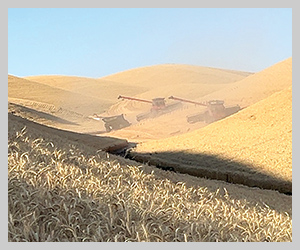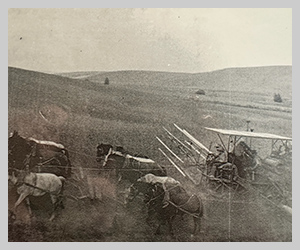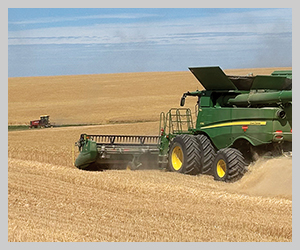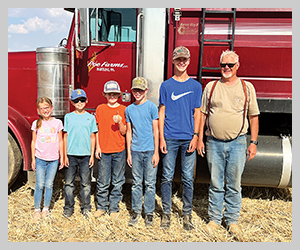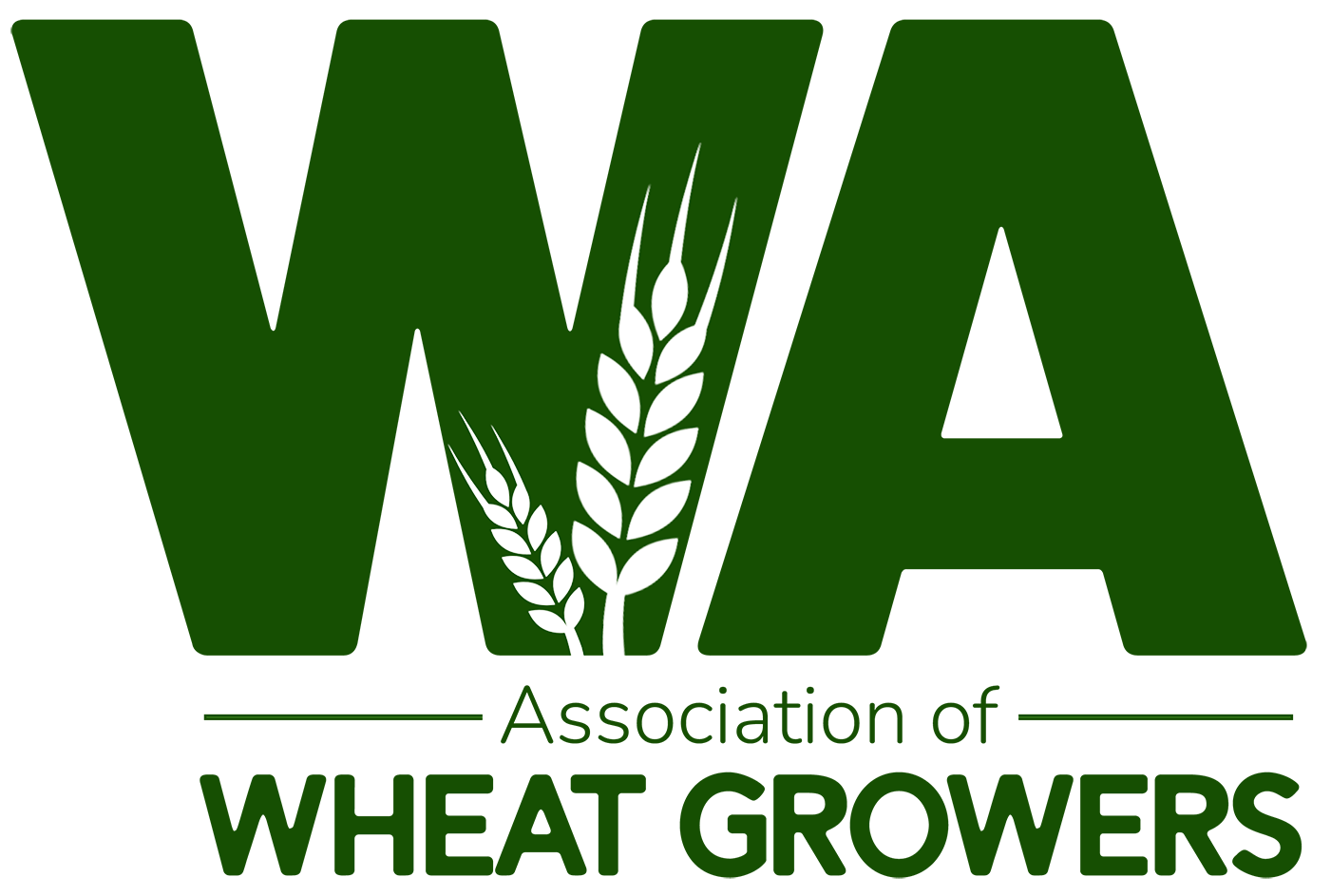USDA agency updates AMMO session features latest information from FSA, NRCS state leaders
2025April 2025
By Trista Crossley
Editor

Wheat growers took over two Washtucna, Wash., institutions last month as part of the Agriculture Marketing and Management Organization’s (AMMO) winter schedule. Growers met at the local Lion’s Club to hear updates from U.S. Department of Agriculture (USDA) officials and then gathered at Sonny’s Tavern for lunch afterward.
Roylene Comes At Night, state conservationist for the Natural Resources Conservation Service (NRCS), and Chris Werner, then-deputy state executive director for the Farm Service Agency (FSA), both told growers that there is a lot of uncertainty between the funding freeze and the dismissal of probationary employees and employees taking the government’s offer of early retirement.
“Lot of things are changing daily,” Comes At Night said. “I’ve been through eight presidents during my career, and I’ve never seen something change as quickly as it is changing now.”
The session was repeated two days later, at USDA headquarters in Spokane Valley (without lunch at Sonny’s, unfortunately). This recap covers the Washtucna session.
NRCS
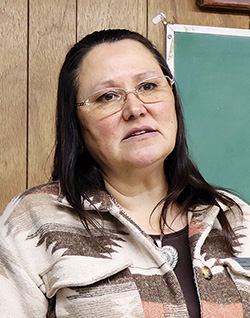
NRCS has been hit particularly hard by the funding freeze. At the time of the AMMO session (Feb. 19), all Inflation Reduction Act (IRA) funding had been suspended. A week later, USDA Secretary of Ag Brooke Rollins announced the release of approximately $20 million of IRA money to fulfill contracts that have already been signed. While the fate of the rest of the IRA funding is still in question, there’s better news on funds provided by the farm bill. Comes At Night said the agency has been given the green light to move forward on farm bill-funded contracts, and she urged growers who weren’t sure which pot of money they were working out of to contact their local NRCS office.
Thanks in large part to the IRA, NRCS has seen a very large increase in funding over the past few years; the agency went from $5 billion to $21 billion. One of the agency’s biggest challenges has been to get the funding on the ground.
“We can’t get it in your hands without letting you know what is available and getting applications in the system,” Comes At Night said.
In 2024, NRCS obligated $20.6 million to Washington wheat growers, covering nearly 120 million acres, mainly through the agency’s three flagship programs:
- The Environmental Quality Incentives Program (EQIP) or the “fix-it” program. EQIP focuses on 32 resource concerns and includes 131 practices. Because the 2018 Farm Bill keeps getting extended, the program’s payment limitation has been reset. Two years ago, NRCS implemented the Act Now program, which works to get contracts in place in as little as 45 days on specific practices identified by local working groups.
- The Conservation Stewardship Program (CSP) or the “enhance-it” program. CSP only covers eight resource concerns and is used to continue practices implemented under EQIP. Example practices include cover crops and nutrient management. A new interim CSP practice is conservation harvest management, which gives an incentive for leaving high stubble. The practice is based on one in Montana, and Comes At Night said the office is still working on some of the details, such as what is considered “high” stubble, and how will NRCS employees verify it?
“I’m hoping we can help prove that this is a practice we need to adopt nationwide as a permanent practice,” she told growers.
- The Agricultural Conservation Easement Program (ACEP) or the “protect-it” program. Washington state trails only California and Montana in the West Region in the number of conservation easements. Washington is one of the few states that has a dedicated, full-time team that does nothing but easements. An easement is a voluntary real estate transaction that restricts development on wetlands or working lands in return for financial incentives for landowners, based on land values. Easements on wetlands run for at least 30 years; they are perpetual on ag working lands and are attached to the land’s title, so if the land is sold, the easement goes with it. For working lands, a land trust has to provide 50% of the financial incentive, with NRCS supplying the other 50%.
“There’s a lot of complications, but for some people, this fits for them,” Comes At Night explained. “Working lands means it (the land) is not being restored. It remains as working land and has to be worked.”
FSA

Werner, who was acting state executive director at the time of the session, encouraged growers to get their reporting done as early as possible, rather than waiting for deadline, as he anticipates staffing issues at county offices. Growers shouldn’t expect a register. The next major deadline is April 15, for the Agriculture Risk Coverage and Price Loss Coverage programs. Growers have to enroll, even if they aren’t changing their selection from last year.
The state FSA office has submitted their proposed Conservation Reserve Program rental rates to the national office, but that doesn’t mean there will be a sign-up.
FSA is struggling with getting the Internal Revenue Service to process adjusted gross income forms in a timely manner. Werner said growers should submit their forms as early as possible in case of delays.
Werner had no news on the economic and disaster aid that was included in the continuing resolution passed by Congress in December.




